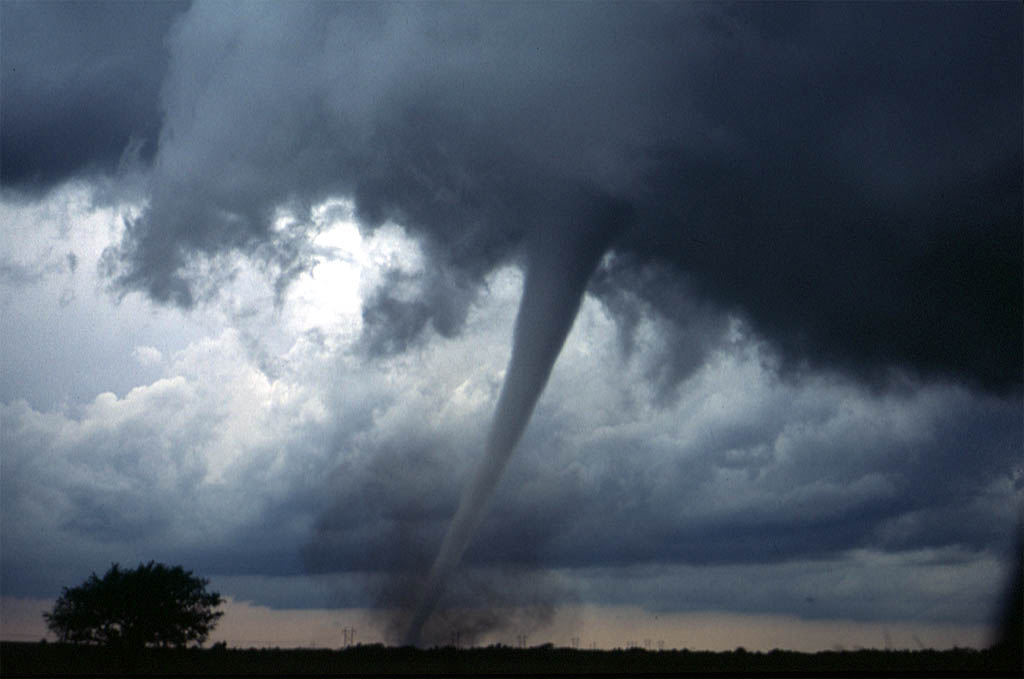 |
| https://upload.wikimedia.org/wikipedia/commons/thumb/4/43/Tornado_Alley_Diagram.svg/2000px-Tornado_Alley_Diagram.svg.png |
 |
| https://upload.wikimedia.org/wikipedia/commons/1/1a/Dszpics1.jpg |
Summary
A tornado is a violently rotating column of wind that extends from a thunderstorm to the ground. They can tear up anything in their path and can cause minimal to massive damage. The damage is measured something called the Enhanced Fujita scale (a new version on the Fujita scale in use since 2007) which goes from EF-0 (weak) to EF-5. Tornadoes occur most often (in the U.S.) in a place called tornado alley. This is because the land there is very flat and open. Tornado alley consists of places are Texas, Oklahoma, Kansas, Nebraska, and South Dakota. For them to form, you need cold/dry air, warm/moist air, falling pressure, and unsteady winds.
S&EP 4: Analyzing and Interpreting Data
I analyzed and interpreted data when I filled out worksheets on natural disasters. First, I had to write a description and define/describe the natural disaster. Then, I had to write where it is likely to occur geographically and why it occurs there. After that was finished, I had to write about the formation conditions (things like the landscape and temperatures) and write down the sources. Finally, I had to color in on a map which states the natural disaster occurs. I had to complete worksheets on wildfires, thunderstorms, hurricanes, tornadoes, blizzards, earthquakes, and tsunamis.


No comments:
Post a Comment